Spring Gardening
“Such delight in watching our little island bloom. SPRING has come, Vashon. SPRING has come.”
— Little Bird Gardens
I delight in the small things that, in time, will turn into something big. Spring invokes that feeling in so many ways, with greenery tips from the bulbs planted last fall, the new buds on shrubs and trees that make the woods bright with their chartreuse colors, and the seemingly dead branches coming to life with new growth. One of the first signs of Spring on Vashon is the early bloom of our native Osoberry Oemleria cerasiformis, also known as the Indian plum. This is an integral plant for early native pollinators. We also see glimpses of Red Currant Ribes sanguineum with its delightful pink flowers that gently dangle from its branches and many more beautiful blooming trees, shrubs, and flowers that begin to wake up in March.
If you’re like us, you are itching to get out into the fresh air and into your garden, and there are several tasks to get started on in preparation for Spring.
It’s called Spring cleaning for a reason.
Spring is a great time for organizing, clearing, and preparing your garden areas for planting. You’ll want to clean up or replace your garden tools, bring in new compost/mulch, and decide what seeds, starts, and plants you want to put in the ground. Spring is an excellent time to transplant, divide, and add new perennials, shrubs, and trees to your garden. Plants are less likely to suffer from transplant shock if moved and planted during their dormancy. Spring soil should be rich with nutrients from our efforts during the winter months spent cultivating leaf mulch, proper pruning, and building up our composting bins.
First things first: Weeding.
As Spring arrives, so do the weeds. Weeds can be annoying, but it strongly indicates soil quality and temperature. When weeds are small, using a hand tool such as a Hori Hori garden knife or a Speed Weeder is easier to disrupt and prevent them from establishing roots. Early disruption of weeds helps to prevent them from reproducing. It is also easier to pull weeds and invasives when the soil is moist. Tackling invasives like blackberries are best done when they don’t have leaves. Continually cutting back on these plants will help reduce their energy levels and eventually eradicate invasives from your landscapes.
Once your clearing and weeding are done, next comes the mulching process. This helps to suppress new weed growth and will help retain moisture by preventing evaporation later in the summer. 2 inches of mulch is a good amount for the average bed. 4-6 inches if you are trying to suppress weeds in a new planting area. Adding compost to raised beds and borders after the Winter, when soil compacts and uses its nutrients, will give them a fresh start for the season.
Protecting your garden.
Two big things to consider for your garden are irrigation and fencing. Maybe you already have this handled, but for those who haven’t, protecting your gardens from deer will save you from heartbreak later in the season. Deer love new spring growth, so soft and tender they are often willing to try plants that later in the season they won’t touch. And since we’re having a dryer season than usual, irrigation planning, whether in the ground or on top with a drip or soaker hose, will prevent your investment from shriveling up later in the summer.
Planting, finally.
Now that you’ve got your garden prepped and ready, it’s time to germinate your seeds and plant those starts and potted plants. If you are starting from seed, read packages to determine if seeds will be better started in a pot or planted directly in the ground. Many seeds are good for many years. If you have old seeds, you can determine viability with a water test – put your seeds in a glass of water. If they sink, they are good. If they float… bird food? If you are transplanting from a pot, determine if your plant needs extra compost. Natives can go straight into the ground without additional amendments (our favorite). For trees and shrubs, your hole should be as deep as the root ball and twice as wide as the pot you are transplanting. For smaller plants and veggies, use the size of the original container as a guide for your hole. The general rule of thumb is to have the top of your plant level with the ground. All your new and maturing plants must be nourished while they acclimate to their new home. Watering and keeping the areas around your new plants free of weeds are essential.
Spring is such an invigorating time for all those projects we dreamt about during Winter. Come stroll our gardens. We are happy to talk about your ideas, make referrals to local growers, and help you with all your garden needs.
We are super happy to have had an abbreviated version of this blog published in The Vashon Loop in March 2023.
Support your local businesses!

